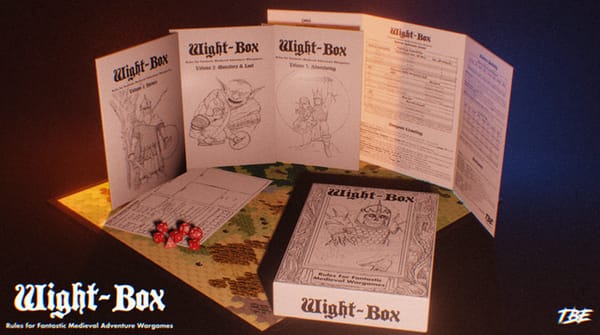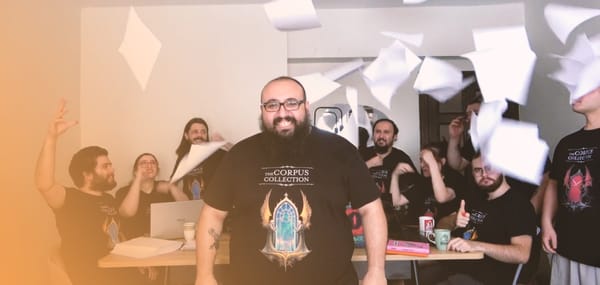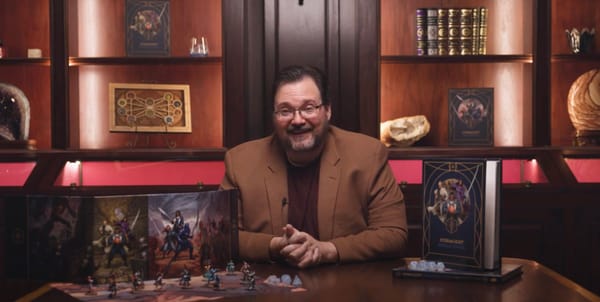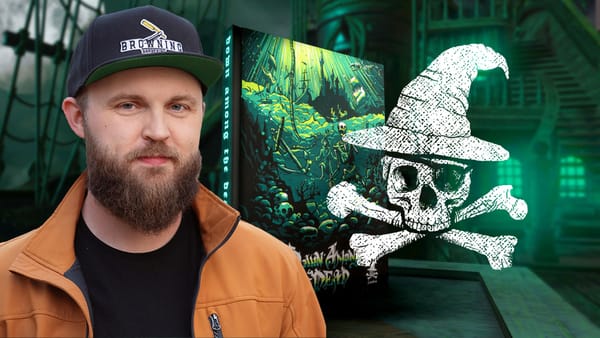Building an Anime Multiverse: The Vision Behind Gates of Krystalia
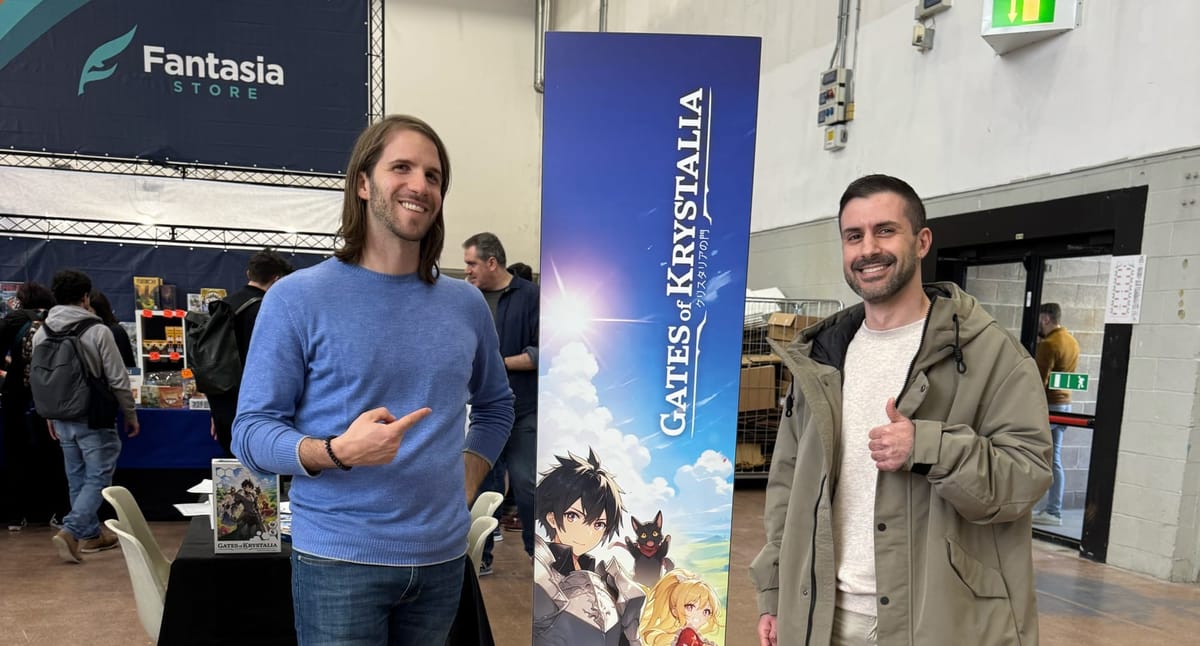
When anime collides with tabletop role-playing, the result can be pure chaos—or pure magic. Gates of Krystalia is one of those rare projects that dares to blend both. Created by Alberto Dianin and Andrea, this TTJRPG draws inspiration from the emotional depth and visual dynamism of anime while keeping the storytelling freedom of classic tabletop games intact.
Born from a lifelong love of anime and years spent running a game store, Gates of Krystalia began as Alberto’s answer to a simple question: why isn’t there an RPG that truly feels like watching—or living—an anime? The result is a fast-paced, card-driven system set across eleven interconnected worlds, where heroes face moral choices, epic battles, and personal growth rather than mere experience points.
In this conversation, Alberto opens up about the game’s origins, the challenge of capturing anime’s emotional energy in a rules-light system, and how a small but passionate community helped turn a dream into a successful Kickstarter. We also discuss how Gates of Krystalia bridges genres, from shonen to isekai, and why fan creativity may be the key to its evolving multiverse.
Onwards!
How did the idea for Gates of Krystalia first come to life, and what drew you to blend tabletop RPGs with anime and isekai genres?
The idea came from my love for anime and my background as the owner of a game store. Over the years, I kept looking for an anime-style RPG that was simple but could still capture the sense of epic battles you see in anime. Since I never found one that truly satisfied me, I decided to create it myself.
What elements of anime storytelling did you want to capture most strongly in the game?
I have always loved stories that deal with mature themes and moral questions, like the contrast between good and evil. That is also why I chose the isekai genre, to let players explore their heroes’ emotions and inner struggles, even the trauma that can come from fighting or killing out of necessity.
Were there any particular series, movies, or creators that influenced the tone and mechanics of Gates of Krystalia?
Like many anime fans, I don’t have a single favorite tone or genre. I move from isekai to shonen, to school-life or sports anime. Gates of Krystalia is a mix of all these. The real challenge was to make such different influences feel natural together, and that works thanks to the 11 worlds that form the game’s multiverse.
How would you describe the core mechanics of Gates of Krystalia to someone familiar with D&D or other popular TTRPGs?
We use the classic idea of stats and skill checks, but everything is much more open, so players can truly shape heroes that reflect who they are. Combat happens simultaneously, which keeps everyone alert, since anyone may need to act at any time. This removes the boring waiting time and captures the fast, dynamic rhythm of anime battles.
What makes your system stand out compared to other anime-inspired RPGs?
Many projects use anime-style art, but very few capture the energy of anime battles, the freedom of storytelling, and the smooth transitions between dramatic and comedic moments. Gates of Krystalia achieves that balance while staying simple and fun.
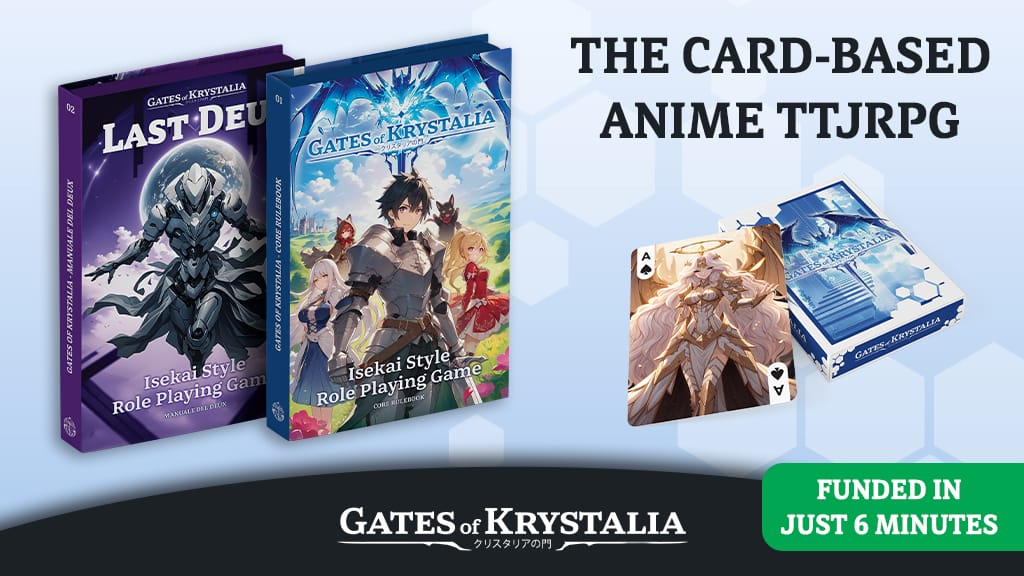
Could you explain how character progression or leveling up works in your system?
As a Dungeon Master, I never liked experience points. Watching anime, I noticed that most stories end when the hero reaches real personal growth. So instead of vertical leveling, we focus on horizontal progression. The hero evolves through decisions and emotions. Each character becomes the player’s alter ego, not just a build on a sheet.This approach makes every story feel personal and different each time you play.
How do you balance cinematic, anime-style storytelling with crunchy tabletop mechanics?
Using cards makes it easier to turn game results into narrative moments. Many mechanics are linked to card suits, so when a player draws a certain suit, they can expect something special to happen, just like in an anime when a character activates a powerful move.
8. What was the most challenging aspect of designing a TTJRPG rooted in anime tropes?
The hardest part was creating a system that is simple but still expandable across all 11 worlds. Simple rules give less room for complexity, but we have endless creativity. Seeing the reactions of players when they discover new mechanics makes it all worth it.
How did your team collaborate during development? Were responsibilities divided by mechanics, writing, art, or something else?
The project was made by two people. Andrea handles the art direction, layout, and rules, while I take care of marketing and logistics. We also involve our most active players to collect feedback, which we often include in the game. It started from my idea, but like many games, it grew around our community.
What role does artwork play in shaping the game’s tone and how did you choose your visual style?
Players often tell us that reading our manual is a pleasure and that it feels friendly and easy to understand, unlike other RPG books that look like university textbooks full of rules. That feedback means a lot to me because typography and layout are my specializations and the first challenge I wanted to overcome.
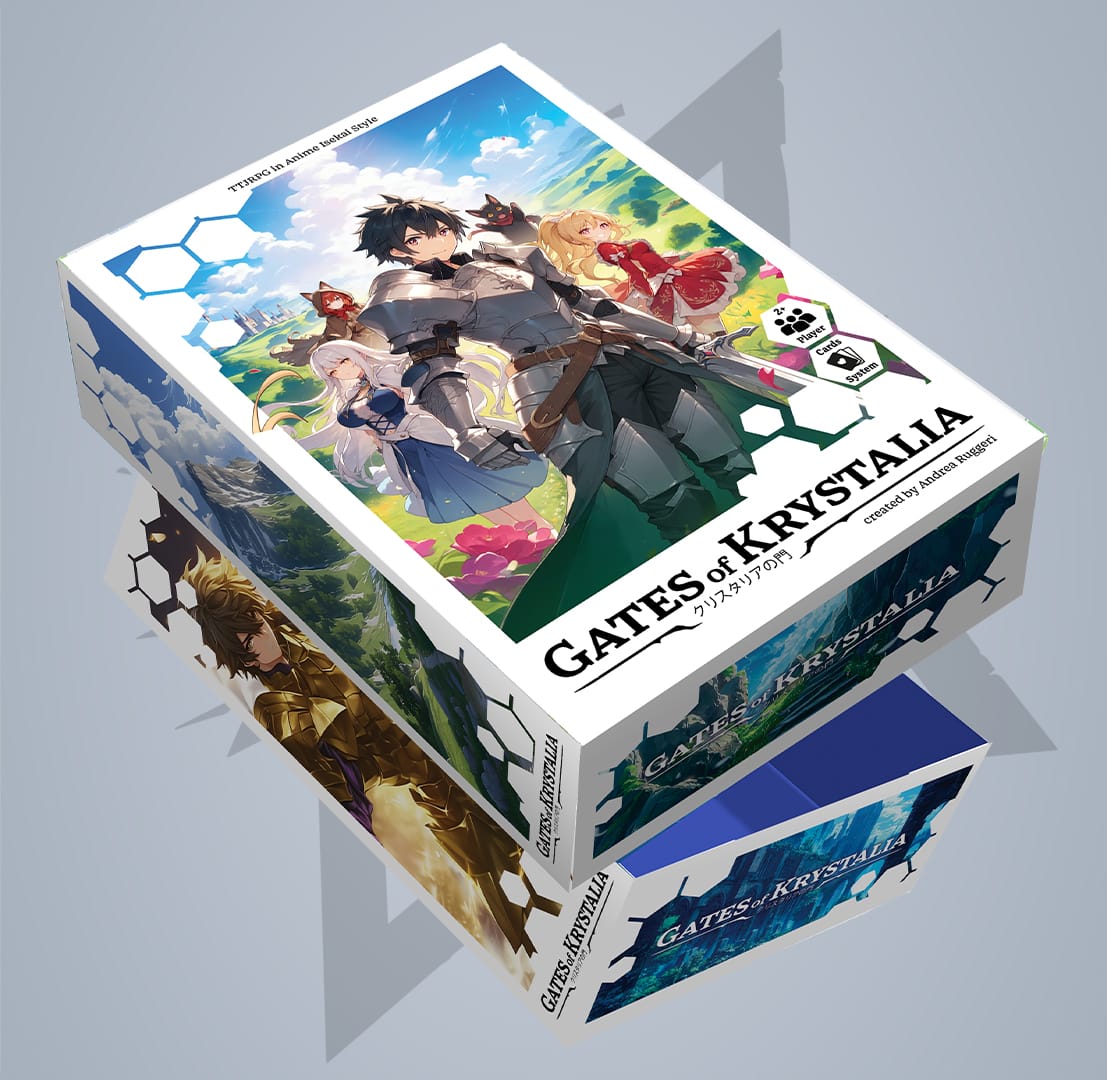
What was your biggest learning from running the Gates of Krystalia Kickstarter campaign?
I learned that dreams can become reality when you work with dedication, study, and stay true to your ideas. Of course, none of this would have been possible without my teammate’s support.
How did you prepare your community before launch to make the campaign successful?
We released a very complete demo. The game speaks for itself. Once players try it, they immediately see its potential and the new ideas it brings to the genre.
Which marketing or outreach strategies worked best for you during crowdfunding?
The strategies that worked best were the ones that created real interaction with people. We built a strong Discord community where players could ask questions and share feedback, and we offered a complete free demo that allowed everyone to test the game before backing it. We also collaborated with small content creators who love anime and tabletop RPGs, and their passion helped us reach new players in an authentic way. Paid ads helped too, but nothing worked better than genuine word of mouth from people who played and believed in the project.
Was there anything that surprised you, either positively or negatively, about running the campaign?
At the end of the campaign, I was very emotional. After so much stress and effort, reading the first positive feedback made me realize why we worked so hard. On the negative side, it still hurts to see criticism from people who judge without playing, but that is part of the journey.
How do you see your player community shaping the future of Gates of Krystalia?
Their passion gives us the motivation to keep improving. We truly have a community that is always ready to give everything to help and support the project.
Are you planning expansions, new story arcs, or even crossovers with other creators?
Yes. Each of the 11 worlds will have its own setting and campaign. We are also open to crossover ideas with other creators, but at the moment we are focused on expanding our main universe.
What role do you think fan creativity, like homebrew or custom adventures, will play in your game’s ecosystem?
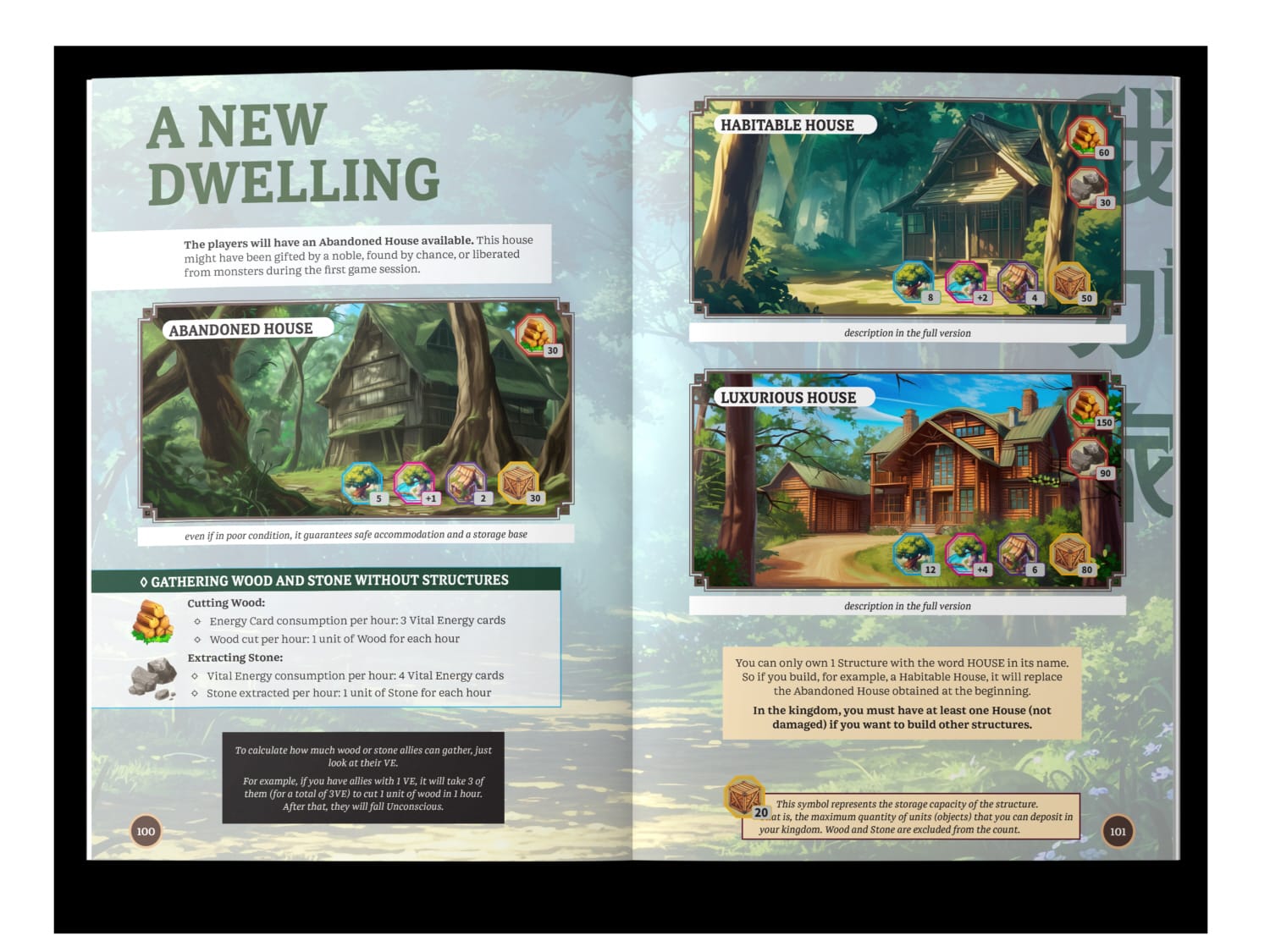
Our community is our engine. Many of their ideas are original and inspiring. There is a real chance that we will publish content created directly by our players in the future.
Why do you think anime-inspired RPGs are resonating more strongly with players right now?
Because anime is exciting and emotional, and until now there was no tabletop game that truly satisfied both anime and RPG fans. Gates of Krystalia finally does that.
How do you see the TTRPG industry evolving in the next few years, especially in relation to anime and pop culture?
I think players will become more selective and look for games that offer real human connection and tools to tell their own stories. For this reason, we have already developed a free digital tool in six languages to help them, and soon we will release our own Virtual Tabletop with streaming support.
If someone is new to both anime and tabletop RPGs, how would you recommend they start with Gates of Krystalia?
If they already play trading card games like Magic or Pokémon, I would tell them this is the perfect game for them. If they are completely new, I would suggest using the Core Rulebook to create fun and crazy stories without worrying too much about the rules. Later they can join our Discord community, where other players will help them explore every aspect of the game.
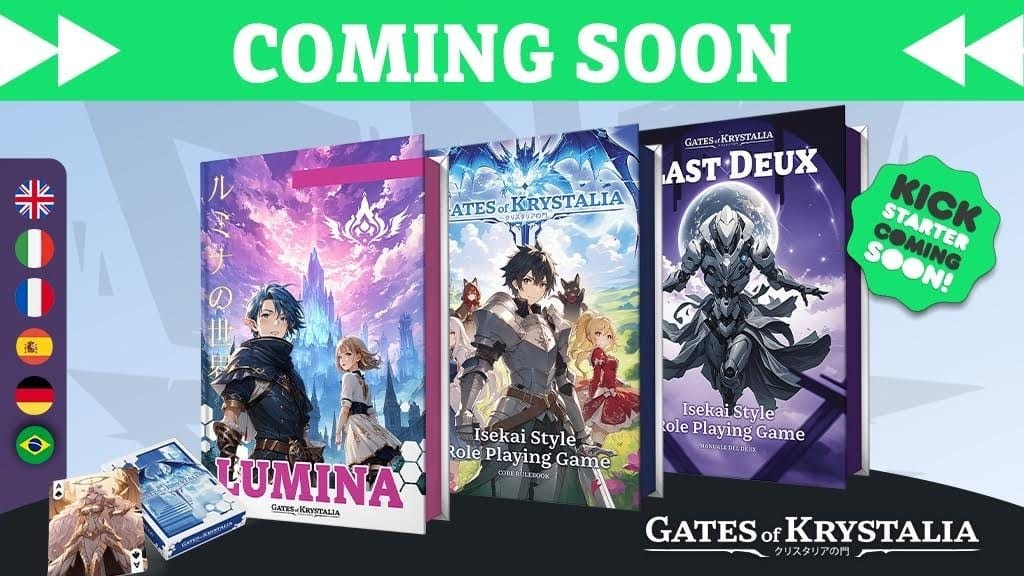
PS The adventure continues with Gates of Krystalia: Lumina World — the next expansion in the anime-inspired multiverse of epic battles, emotions, and storytelling freedom. Launching on Kickstarter in February 2026, Lumina World will introduce brand-new heroes, cards, and mechanics that expand the Krystalia universe in bold new directions.
Be the first to enter the light! Click below and hit “Notify me on Launch” to follow the campaign and get exclusive early updates when Lumina World!


